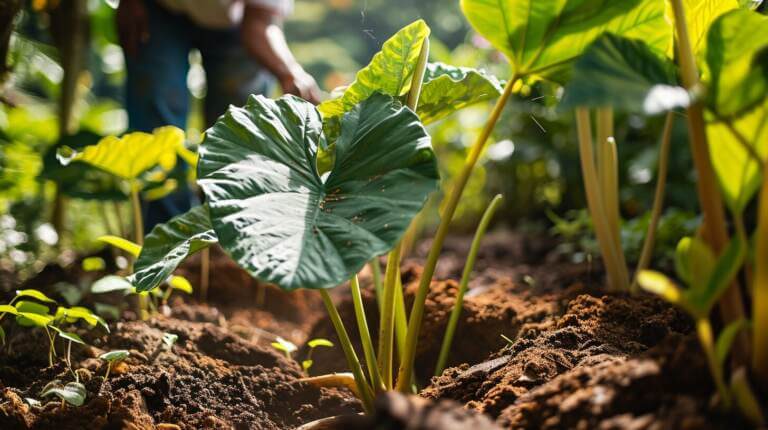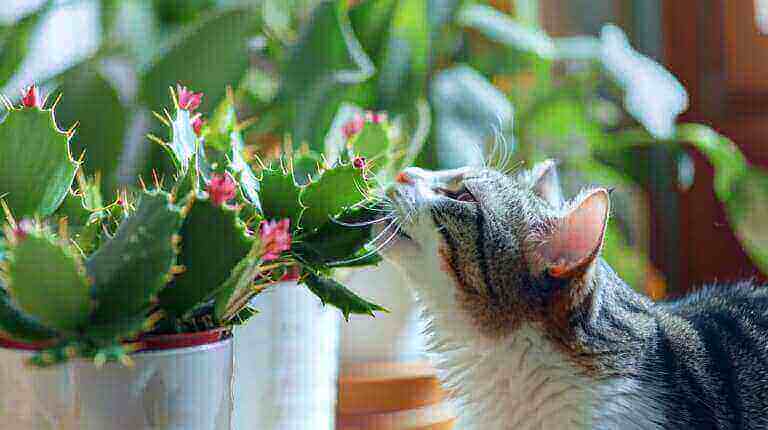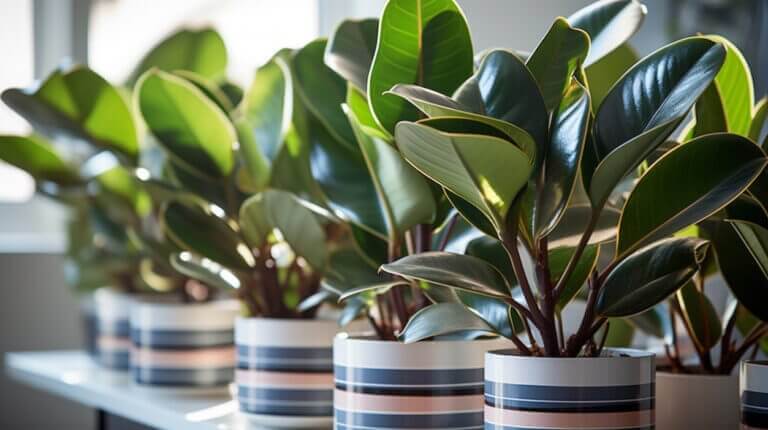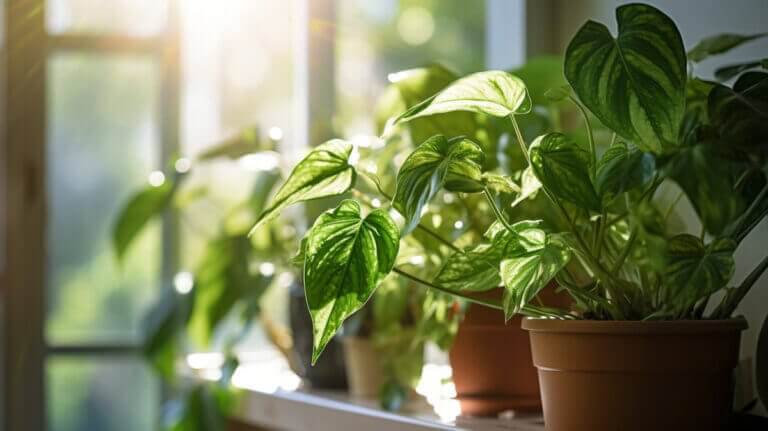When To Plant And Grow Elephant Ear Bulbs Timing And Preparation Tips
Planting elephant ear bulbs requires careful timing and preparation to ensure their successful growth. Knowing when to plant and how to provide the right conditions is essential for these stunning plants to thrive.
When to plant elephant ear bulbs is crucial for their survival. It is best to wait until the spring season when all signs of frost have passed. Planting too early can expose the bulbs to cold temperatures, causing them to rot or die. Ideally, plant elephant ear bulbs after the soil temperature has reached 65ºF to ensure optimal growth.
Before planting, choose a partially shaded location with filtered sun for your elephant ear bulbs. If you live in a hot and sunny area, provide shade from the intense afternoon sun. This will prevent the leaves from scorching and promote healthy growth.
Prepare the soil by ensuring it is rich and well-draining. Elephant ear bulbs thrive in fertile soil, so adding compost or organic matter can greatly enhance their growth. Dig a hole that is three to four times the size of the tuber, with the pointed side of the tuber facing up. Cover the tuber with soil, ensuring it is one to two inches below ground level.
Water the area deeply, making sure that one to two inches of soil cover the tuber. Elephant ear bulbs require consistent moisture, so regular watering is essential for their growth. Depending on the soil temperature, it may take two to eight weeks for the first signs of sprouting to occur.
If you prefer to plant elephant ear bulbs indoors, follow the same guidelines for timing and preparation. Plant them in large containers filled with well-draining soil, and ensure they receive adequate sunlight and water.
Key Takeaways:
- Plant elephant ear bulbs in the spring after the last frost.
- Wait until the soil temperature reaches 65ºF for optimal growth.
- Choose a partially shaded location with filtered sun or provide shade in hot and sunny areas.
- Plant the tubers in rich, well-draining soil and water deeply.
- Be patient, as sprouting may take two to eight weeks depending on soil temperature.
Where to Plant Elephant Ear Bulbs
When deciding where to plant elephant ear bulbs, it’s important to consider the specific needs of these plants. Elephant ears require plenty of space to grow, so choose a location where they have at least three feet of room to spread out. The ideal spot for planting should be partially shaded with filtered sunlight, or you can provide shade from the intense afternoon sun if you live in a hot and sunny area.
Keep in mind that elephant ears are naturally found in swampy areas with their roots submerged in water, so it’s crucial to select a location that will provide them with ample water. Ensure that the chosen spot will allow the plants to receive regular watering, as they thrive in moist soil conditions.
By selecting the right environment for your elephant ear bulbs, you can provide them with the ideal conditions for growth and ensure that they flourish in your garden.
“The ideal spot for planting should be partially shaded with filtered sunlight.”
Table: Ideal Planting Conditions for Elephant Ear Bulbs
| Factor | Ideal Condition |
|---|---|
| Space | At least three feet of room |
| Sunlight | Partial shade with filtered sunlight |
| Water | Regular watering and moist soil conditions |
Creating the right environment for your elephant ear bulbs is key to their success. Ensuring they have enough space to grow, providing the right amount of shade, and keeping the soil moist will help these plants thrive in your garden.
How to Plant Elephant Ear Bulbs
To successfully plant elephant ear bulbs, follow these simple steps:
- Dig a hole that is three to four times the size of the tuber. This will ensure that the tuber has enough room to grow and develop.
- Refill the hole with loose soil until the tuber is about one to two inches below ground level. This will provide ample support for the tuber while allowing it to sprout and grow above the soil surface.
- Set the tuber in the hole with the pointed side facing up. The pointed side is where the new growth will emerge from, so it is important to position it correctly.
- Cover the tuber with soil and gently press down to secure it in place. Ensure that the tuber is fully covered with soil, leaving no part exposed.
- Water the area deeply, ensuring that the soil is thoroughly moistened. This will provide the necessary moisture for the tuber to absorb and initiate growth.
- Mark the spot where the tuber is planted. This will help you keep track of its location and monitor its growth progress.
- Be patient and wait for the first signs of sprouting. Depending on the soil temperature, it may take two to eight weeks for the sprouts to emerge.
Remember that the size of the bulb will determine the depth of planting. If you have smaller bulbs, plant them shallower, while larger bulbs should be planted deeper. Additionally, if your bulbs have become crowded, separate them as needed before replanting. This will ensure that each bulb has enough space to grow and thrive.
Table: Planting Tips for Elephant Ear Bulbs
| Step | Instructions |
|---|---|
| 1 | Dig a hole that is three to four times the size of the tuber. |
| 2 | Refill the hole with loose soil until the tuber is one to two inches below ground level. |
| 3 | Set the tuber in the hole with the pointed side facing up. |
| 4 | Cover the tuber with soil, ensuring it is fully covered. |
| 5 | Water the area deeply, ensuring the soil is thoroughly moistened. |
| 6 | Mark the spot where the tuber is planted to monitor its growth. |
| 7 | Wait for the first signs of sprouting, which may take two to eight weeks. |
How to Care for Elephant Ear Bulbs
Proper care is essential for the health and growth of your elephant ear bulbs. Here are some important tips:
1. Water frequently: Elephant ear bulbs require regular watering to thrive. Keep the soil consistently moist, and avoid letting it go dry. Dehydrated bulbs may exhibit droopy leaves, which is a sign of insufficient moisture. Water them deeply and ensure the soil remains adequately moist.
2. Application of liquid fertilizer: For optimal growth, it is recommended to apply a liquid fertilizer every two to three weeks. This will provide the necessary nutrients to support the development of your elephant ear plants. Follow the instructions on the fertilizer packaging for the correct application dosage.
3. Trim away faded leaves: As your elephant ear plants grow, some leaves may fade or turn brown. To encourage new growth and maintain an attractive appearance, trim away these faded leaves. This will redirect energy towards healthy foliage and promote overall plant health.
4. Store tubers in a cool and dry place: During the winter months, when freezing temperatures approach, it is important to store your elephant ear tubers properly. Choose a cool and dry location, such as a basement or an area that does not drop below freezing. Store the bulbs in a plain paper bag with ventilation or in an open crate with peat moss or garden vermiculite. Occasionally water the bulbs to prevent them from drying out completely.
By following these care guidelines, you can ensure the optimal growth and longevity of your elephant ear bulbs. These stunning plants will reward you with their vibrant foliage and add a touch of tropical beauty to your garden.
FAQ
When is the best time to plant elephant ear bulbs?
Elephant ear bulbs should be planted in the spring once all signs of frost are gone. Planting should occur after the soil temperature has reached 65ºF.
Where is the best location to plant elephant ear bulbs?
Choose a partially shaded location with filtered sun, or provide shade from the afternoon sun if planted in a hot and sunny area.
How do I plant elephant ear bulbs?
Dig a hole that is three to four times the size of the tuber and set the tuber in the hole, pointed side up. Cover the tuber with soil, ensuring that it is one to two inches below ground level. Water the area deeply, making sure that one to two inches of soil covers the tuber.
How deep should I plant elephant ear bulbs?
The size of the bulb will determine the depth of planting, with a recommended depth of 4 to 6 inches.
How long does it take for the first signs of sprouting?
It may take two to eight weeks for the first signs of sprouting, depending on the soil temperature.
How do I care for elephant ear bulbs?
Water them frequently and keep the soil consistently moist. Apply a liquid fertilizer every two to three weeks and trim away any faded or brown leaves. When storing tubers during the winter, place them in a cool, dry location and water them occasionally to prevent drying out.







